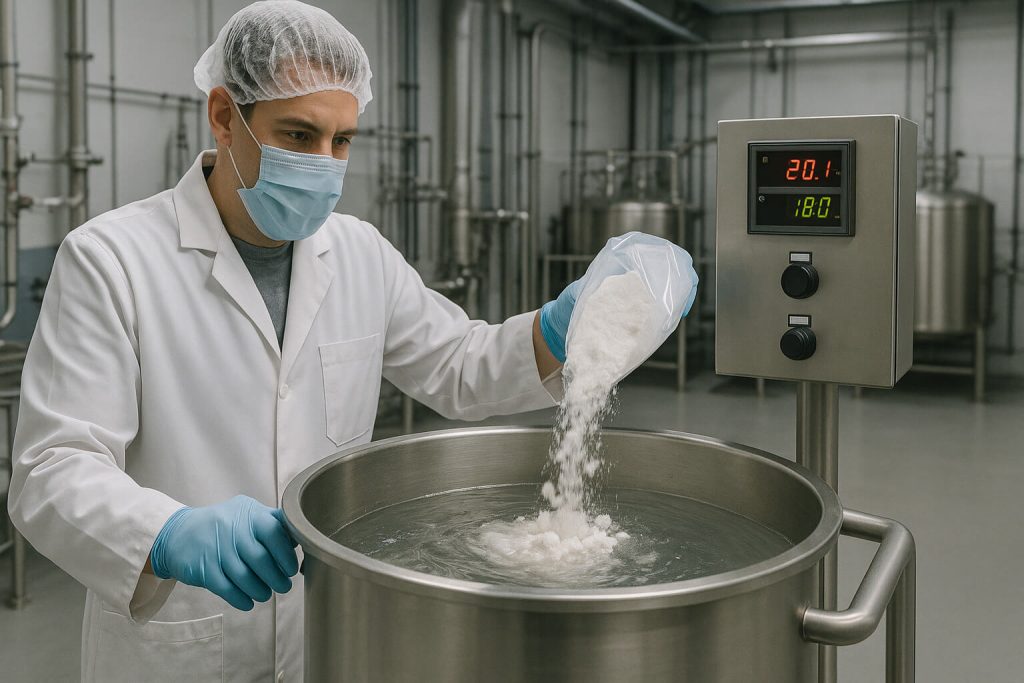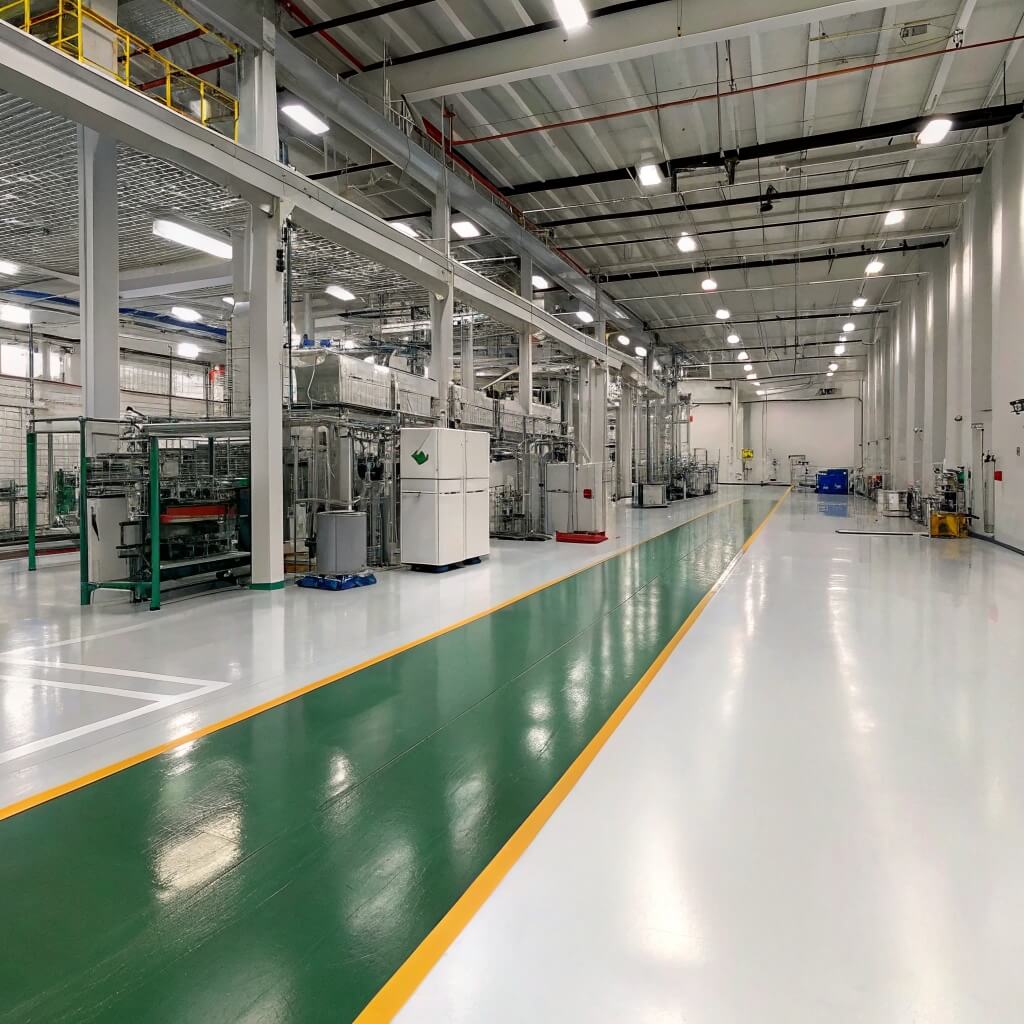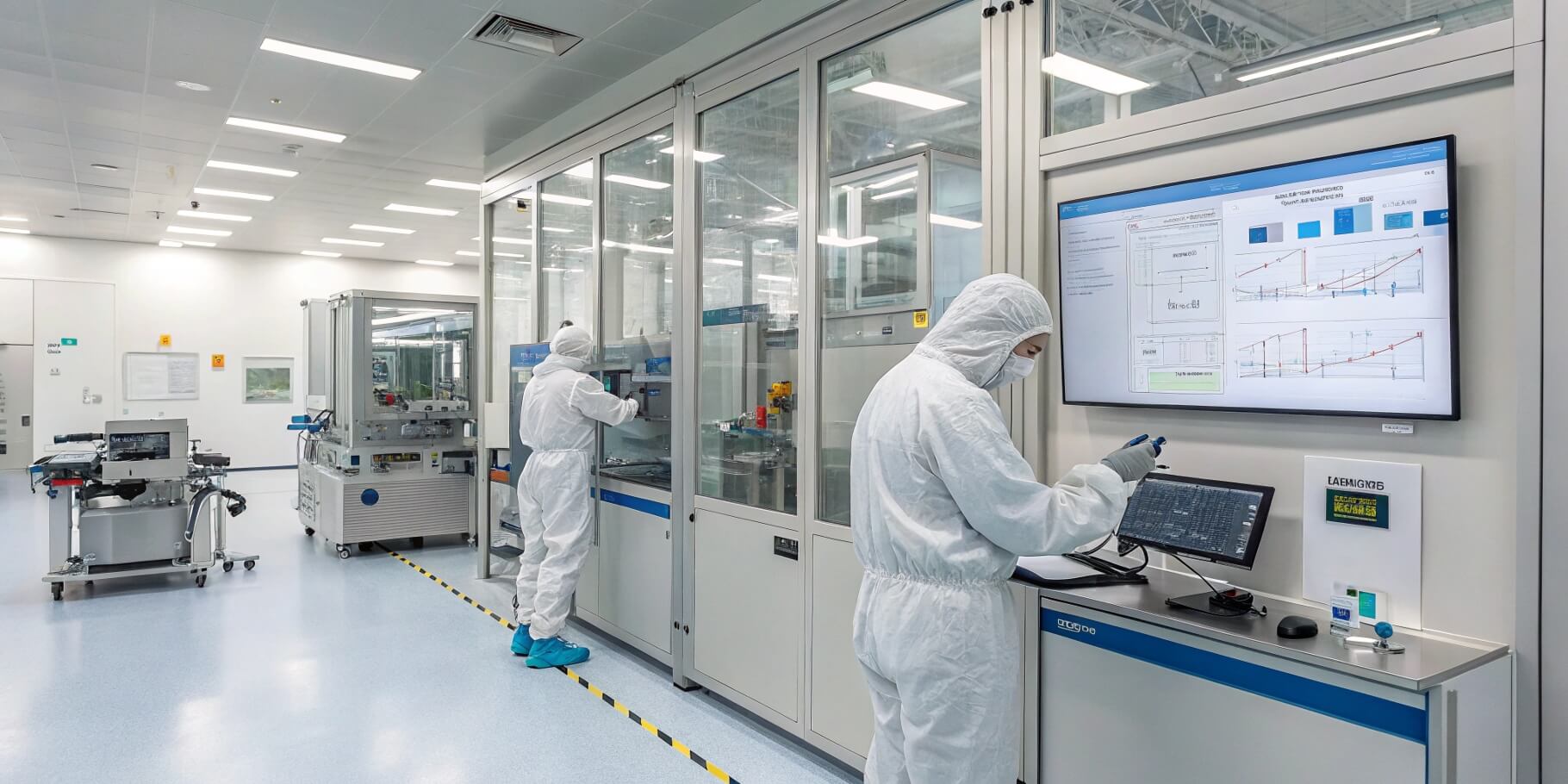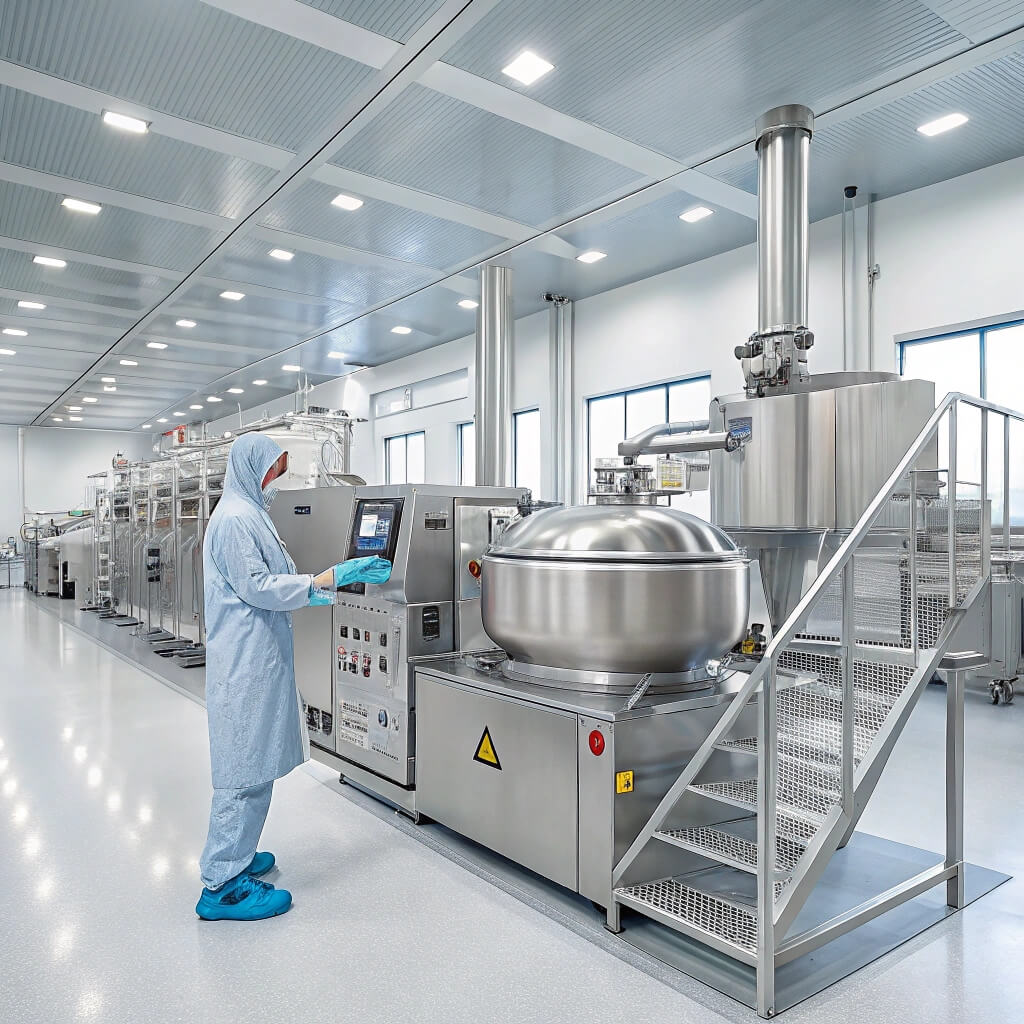Understanding the key differences between HPMC E5 and E15 is vital for professionals in industries like construction, pharmaceuticals, and food manufacturing. But here’s the kicker: these two grades, though similar in many respects, have specific technical properties that can dramatically influence product performance and production efficiency. This article aims to clarify those differences, explain their practical applications, and guide you in selecting the right grade for your needs. You’ll gain insights into viscosity, substitution degrees, regulatory standards, and how these factors translate to real-world benefits. By the end, you’ll be equipped to make smarter purchasing decisions and optimize your formulations.

1. What is HPMC and Why Are Different Grades Important?
Hydroxypropyl Methylcellulose, commonly known as HPMC, is a cellulose derivative widely used as a thickener, binder, and stabilizer in multiple industries. Ready for the good part? The reason different grades matter comes down to performance consistency and meeting precise product requirements. For example, in construction, HPMC enhances water retention and adhesion in dry mortars. In pharmaceuticals, it plays a critical role in tablet coating and controlled drug release. The food industry uses it as a stabilizer and emulsifier.
Grades are distinguished mainly by viscosity and substitution degree, which affect how the product behaves during manufacturing and in the final application. For instance, higher viscosity grades create thicker solutions that improve binding in mortars but might slow down tablet coating processes in pharma. Lower viscosity grades dissolve faster, suitable for quick applications or thin coatings.
Consider three case studies. A tile adhesive manufacturer switched from a low-grade HPMC to a medium-viscosity grade, which improved workability and adhesion. A pharmaceutical company adjusted the grade to control drug release precisely, resulting in better patient outcomes. A dairy processor used a specific HPMC grade to stabilize yogurt texture without affecting taste.
| Property | Definition | Common Uses |
|---|---|---|
| Viscosity | Thickness of HPMC solution | Construction, pharma, food |
| Substitution Degree | Chemical modification level on cellulose | Solubility, stability |
| Molecular Weight | Polymer chain length influencing film strength | Coatings, binders |
In short, understanding HPMC and its grades helps align material choice with product goals, ensuring quality and efficiency.
2. How Are HPMC E5 and E15 Defined and Classified?
HPMC E5 and E15 are two widely recognized grades that differ primarily in viscosity and application focus. What’s the real story? E5 typically refers to a lower viscosity grade with a viscosity range around 3,000-5,000 mPa·s, while E15 indicates a higher viscosity grade, typically 12,000-15,000 mPa·s. This difference affects how each behaves in formulations and processing.
The classification also involves substitution degree, which influences solubility and chemical stability. Both grades meet international pharmacopeial standards like USP, EP, and JP, ensuring safety and consistency, especially critical in pharmaceutical and food applications.
Let’s consider specific industries. Construction material producers use E5 for thin, easily spread mortars and tile adhesives requiring moderate thickening. E15 is preferred for applications needing stronger water retention and higher adhesion strength, such as thermal insulation mortars.
Pharmaceutical companies rely on E5 for fast-dissolving tablet coatings, whereas E15 suits sustained-release formulations due to its thicker film formation. Food producers may select E5 for smooth textures, while E15 offers better stability in thicker products like plant-based yogurts.
| Grade | Viscosity Range (mPa·s) | Substitution Degree | Typical Applications |
|---|---|---|---|
| E5 | 3,000 – 5,000 | Medium | Thin mortars, coatings, fast dissolution |
| E15 | 12,000 – 15,000 | Medium to high | High adhesion mortars, sustained-release coatings |
Understanding these classifications is essential for buyers to match grades with intended product functions.
3. What Are the Technical Differences Between E5 and E15?
The technical differences between HPMC E5 and E15 primarily involve viscosity, solubility rates, and film-forming properties. This is where it gets interesting. Viscosity directly impacts how thick the HPMC solution becomes. E5’s lower viscosity results in thinner gels and faster dissolution times, suitable for applications requiring rapid hydration.
Conversely, E15’s higher viscosity produces thicker gels, which enhance water retention and binding strength. This thicker consistency is crucial for dry mortars and adhesives where product stability and durability are priorities.
Solubility varies as well. E5 dissolves quicker in cold water, facilitating faster processing times. E15 requires more careful mixing and longer hydration periods but yields stronger films, ideal for pharmaceutical coatings needing controlled drug release.
Chemical properties like substitution degree affect thermal stability and compatibility with other ingredients. Both grades have similar substitution levels but may differ slightly to optimize performance in their specific uses.
A practical example: A dry mortar manufacturer found that switching from E5 to E15 increased product durability and water retention but required minor adjustments in mixing times. A pharmaceutical firm preferred E5 for tablets that needed rapid disintegration, while E15 was chosen for capsules with extended-release formulas.
| Property | HPMC E5 | HPMC E15 |
|---|---|---|
| Viscosity (mPa·s) | 3,000 – 5,000 | 12,000 – 15,000 |
| Dissolution Speed | Fast | Moderate |
| Film Strength | Moderate | High |
Knowing these technical distinctions enables professionals to optimize formulations effectively.
4. How Does Viscosity Affect E5 and E15 Performance?
Viscosity is the cornerstone of HPMC performance in both E5 and E15 grades. But here’s the kicker: its impact extends far beyond simple thickness. In construction, higher viscosity E15 improves water retention in dry mortars, enhancing workability and adhesion. This means fewer cracks and stronger bonding under variable weather conditions.
In pharmaceuticals, viscosity influences tablet coating thickness and drug release timing. E5’s lower viscosity allows quick dissolution, ideal for immediate-release medications. E15’s thicker films slow release rates, supporting sustained therapeutic effects.
Food industry applications also hinge on viscosity. E5 can create light textures in products like dairy alternatives, while E15 provides richer mouthfeel and stability for thicker sauces or plant-based yogurts.
Consider three real-world cases. A manufacturer increased E15 usage in tile adhesives, seeing a 15% improvement in adhesion strength. A pharmaceutical company reduced dissolution times by switching some coatings to E5, optimizing patient compliance. A food producer balanced texture and shelf life by blending E5 and E15 grades.
| Application | E5 Viscosity Range | E15 Viscosity Range | Key Benefit |
|---|---|---|---|
| Dry Mortar | 3,000 – 5,000 | 12,000 – 15,000 | Water retention, adhesion |
| Pharmaceuticals | 3,000 – 5,000 | 12,000 – 15,000 | Release profile control |
| Food | 3,000 – 5,000 | 12,000 – 15,000 | Texture and stability |
Viscosity choice dictates product quality, so knowing which grade to use saves time and money.
5. What Are the Practical Applications of HPMC E5?
HPMC E5 finds extensive use where moderate viscosity and fast dissolution are key. This is where it gets interesting. In dry mortars and tile adhesives, E5 enhances spreadability without compromising bonding strength. Its quick hydration means faster processing and shorter drying times.
Pharmaceutical industries use E5 in tablet coatings designed for rapid disintegration. This ensures active ingredients release promptly, improving patient experience. Food manufacturers rely on E5 for products needing smooth texture with minimal thickening, such as beverages and light sauces.
Examples include a tile adhesive manufacturer that improved production speed by using E5, a pharmaceutical firm that enhanced immediate-release formulations, and a dairy company that stabilized low-fat yogurts without impacting taste.
| Application | Benefit | Industry Use |
|---|---|---|
| Dry Mortar and Adhesives | Fast processing, good adhesion | Construction |
| Pharmaceutical Coatings | Quick dissolution | Pharma |
| Food Stabilizers | Smooth texture, light thickening | Food |
E5’s versatility makes it a preferred choice where balance between performance and efficiency is required.
6. How is HPMC E15 Used Differently from E5?
HPMC E15 serves industries requiring higher viscosity and stronger binding properties. Ready for the good part? In construction, E15 is ideal for thermal insulation mortars and tile adhesives needing enhanced water retention and durability. Its thicker solution improves resistance to cracking and mechanical stress.
Pharmaceutical uses include sustained-release tablet coatings where thicker films control drug dissolution over time. This improves therapeutic outcomes for chronic treatments.
In food processing, E15 is chosen for products requiring rich texture and long shelf life, such as plant-based yogurts and creamy sauces.
Case studies reveal a thermal mortar manufacturer cutting failures by using E15, a pharma company increasing bioavailability with sustained-release tablets, and a food producer extending shelf life while maintaining texture.
| Application | Key Feature | Industry |
|---|---|---|
| Thermal Mortars | Water retention, durability | Construction |
| Sustained-Release Tablets | Controlled release | Pharma |
| Thick Sauces and Yogurts | Texture and shelf stability | Food |
E15’s role is critical where strength and longevity are priorities.
7. What Are the Quality Control and Testing Standards for E5 and E15?
Quality control ensures that both E5 and E15 meet performance expectations. This is where it gets interesting. Testing includes viscosity measurement under standardized conditions, chemical analysis for substitution degree, and microbial purity checks.
Standards like USP, EP, and JP enforce strict criteria. For pharmaceuticals, compliance is mandatory, ensuring safety and consistent efficacy. Construction and food sectors also demand batch testing to verify material consistency.
Examples include viscometer readings to confirm viscosity ranges, FTIR spectroscopy to assess chemical composition, and microbial tests preventing contamination.
| Test Type | Purpose | Industry Application |
|---|---|---|
| Viscosity Measurement | Ensure solution thickness | All industries |
| Chemical Analysis | Verify substitution degree | Pharma, food |
| Microbial Purity | Confirm absence of contaminants | Pharma, food |
Stringent testing reduces risks and supports regulatory compliance, assuring buyers of product reliability.
8. How to Choose Between E5 and E15 for Your Industry Needs?
Choosing between E5 and E15 requires balancing technical requirements and cost. But here’s the kicker: no one size fits all. Identify product demands like viscosity, dissolution speed, and regulatory needs.
Construction professionals might prefer E15 for stronger mortars but use E5 for quick-setting adhesives. Pharmaceutical firms select E5 for immediate-release and E15 for sustained-release formulations. Food producers weigh texture versus processing time.
Working with suppliers to request samples and run pilot trials helps avoid costly mistakes. Consider cost implications; higher viscosity grades often come at a premium but add value through enhanced performance.
| Industry | Selection Criteria | Recommended Grade |
|---|---|---|
| Construction | Adhesion, water retention | E15 or E5 based on application |
| Pharmaceuticals | Release profile, regulatory need | E5 for fast, E15 for slow |
| Food | Texture, shelf life | Blend or choose per product |
Careful evaluation leads to better outcomes and stronger supplier relationships.
9. What Challenges Might Arise When Switching Between E5 and E15?
Switching grades involves processing challenges. What’s the real story? Using E15 instead of E5 may require adjusting mixing times and equipment settings due to higher viscosity. Formulations might need reformulation to maintain consistency and performance.
In pharmaceuticals, changes can affect drug release profiles, necessitating additional stability testing. Food products might exhibit texture variations, requiring sensory evaluations.
Risk mitigation includes pilot runs, supplier technical support, and gradual scale-up. Open communication and clear specifications are essential.
| Challenge | Cause | Mitigation |
|---|---|---|
| Processing Difficulty | Viscosity differences | Equipment adjustment |
| Formulation Changes | Performance variability | Testing and reformulation |
| Cost Impact | Additional testing and trials | Supplier collaboration |
Understanding these challenges upfront prepares companies for smooth transitions.
10. Can HPMC Grades Be Customized Beyond E5 and E15?
Customization offers solutions beyond standard grades. Ready for the good part? Manufacturers can tailor viscosity, substitution degree, and dissolution rates to meet unique needs.
For example, a pharma company may require ultra-high viscosity for novel drug delivery, or a construction client might want enhanced water retention under extreme weather. Customized HPMC supports innovation and competitive advantage.
Collaborating closely with manufacturers enables precise adjustments and regulatory compliance. This flexibility helps businesses differentiate their products and optimize costs.
| Customization Aspect | Benefit | Business Impact |
|---|---|---|
| Viscosity | Meets exact processing needs | Improved product quality |
| Substitution Degree | Optimizes solubility/stability | Better performance |
| Dissolution Speed | Controls release profiles | Regulatory and market fit |
Customization expands possibilities beyond E5 and E15, unlocking greater value.
FAQ
Q1: What is HPMC?
HPMC is a cellulose-based polymer used as a thickener, binder, and stabilizer across construction, pharmaceuticals, and food industries.
Q2: How does viscosity influence HPMC performance?
Viscosity controls solution thickness impacting water retention, adhesion, and drug release in various applications.
Q3: What are the main differences between HPMC E5 and E15?
E5 and E15 differ mainly in viscosity levels, affecting their suitability for specific industrial uses.
Q4: How do quality standards affect HPMC grades?
Standards like USP, EP, and JP ensure consistency, purity, and safety of HPMC products used in sensitive applications.
Q5: Can I customize HPMC grades for my product needs?
Yes, manufacturers can tailor viscosity and substitution degree to meet specific requirements beyond standard grades like E5 and E15.




